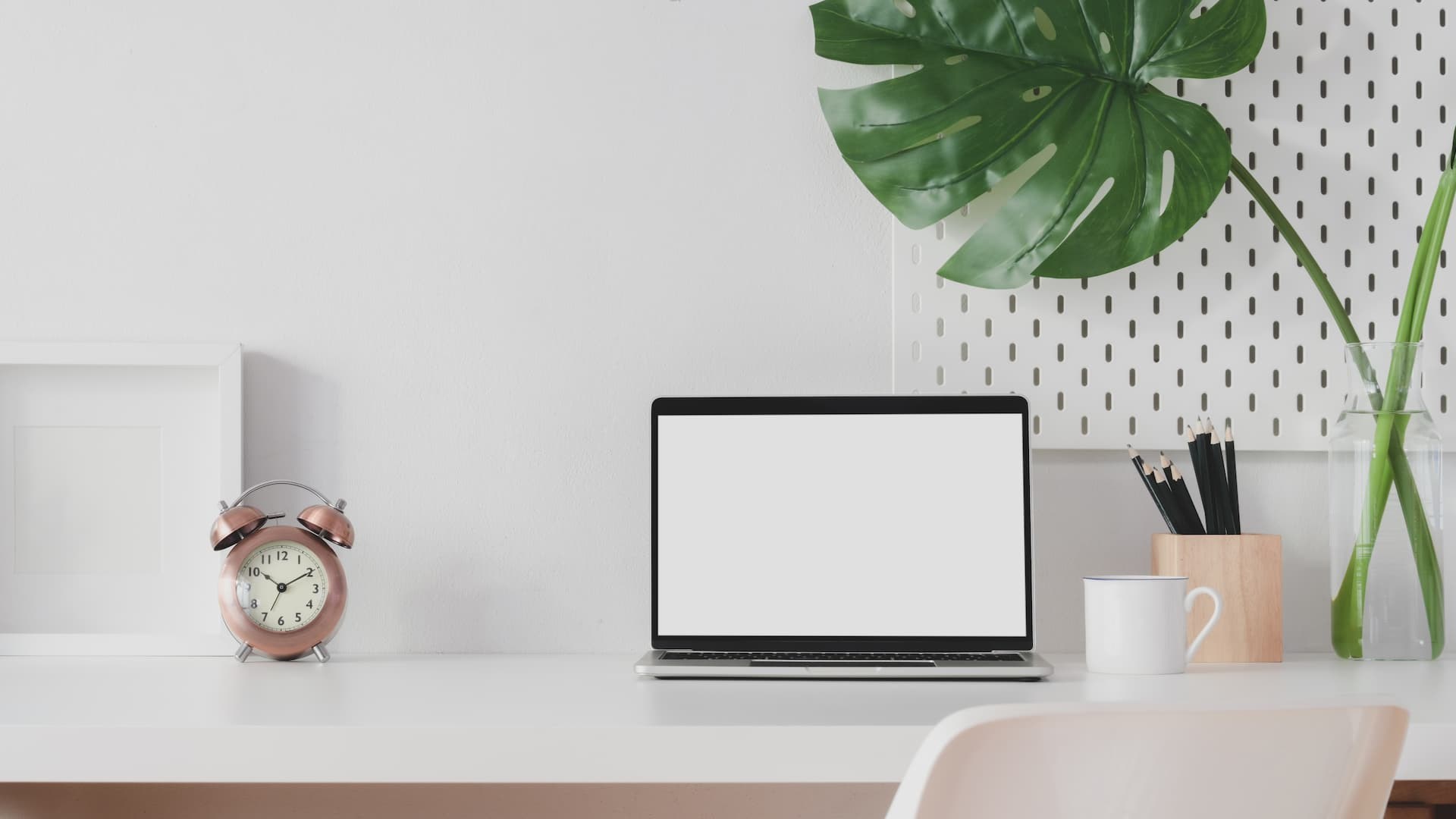Understanding Minimalism: Approaches for Lowering Mess and Enhancing Clarity in Everyday Living
Minimalism is progressively acknowledged as a feasible technique to improving clearness and emphasis in today's messy world. By systematically evaluating our possessions and prioritizing intentionality, we can develop rooms that not only show our worths however also promote mental well-being. Using strategies such as the "Four-Box" method can facilitate a more organized setting, yet real challenge hinges on cultivating a minimal state of mind that maintains these efforts. Discovering the subtleties of this viewpoint might expose surprising understandings into how you can transform your every day life. What might you discover when you welcome this intentional simpleness?
Defining Minimalism and Its Advantages
Specifying minimalism involves comprehending it as a way of living option that emphasizes simplicity and intentionality in both physical properties and day-to-day regimens. At its core, minimalism encourages individuals to prioritize what truly matters, enabling a more significant and focused existence. By removing the non-essential, minimalism welcomes people to engage deeply with their surroundings and experiences.
It fosters mental clearness, as reducing mess in one's setting can lead to reduced disturbances and stress. Minimalism advertises monetary liberty; by prioritizing demands over desires, people can make more educated acquiring choices, leading to prospective financial savings and lowered debt.
Inevitably, minimalism is not merely about worldly reduction however involves an all natural change in perspective, fostering a life identified by purpose, balance, and gratification. Embracing this lifestyle can bring about profound modifications in exactly how people regard and communicate with the world around them.
Analyzing Your Current Clutter
Mess typically shows up as an overwhelming build-up of products that no longer serve a function, producing a barrier to accomplishing a minimalist way of living. To efficiently examine your existing mess, it is necessary to take on a systematic approach. Begin by identifying the locations in your home that feel overwhelming or disorderly. Keep in mind of details classifications of products, such as clothing, publications, or kitchenware, as this will certainly aid you recognize the range of the clutter.

Furthermore, take into consideration the regularity of use for each product. Ultimately, comprehending your present clutter is a crucial action toward accepting minimalism and boosting quality in your daily living.

Practical Decluttering Techniques
Having evaluated your existing clutter, the following step is to execute useful decluttering techniques that promote an even more organized living room. Minimalism. One efficient approach is the "Four-Box" strategy, where you designate four boxes labeled: keep, give away, garbage, and relocate. This technique motivates quick decision-making and ensures items are classified suitably
One more technique is the "One in, One out" policy, which specifies that for every brand-new thing obtained, an existing thing should be eliminated. This concept aids maintain balance and avoids build-up gradually. In addition, think about the "30-Day Minimalism Video Game," where you get rid of one product on the first day, 2 on the 2nd, etc, cumulatively promoting a sense of success.
For those that battle with psychological add-ons to possessions, the "Sentimental Worth" strategy can be valuable. Limit yourself to a certain number of cherished items, enabling you to value their relevance without overwhelming your space. Last but not least, develop a routine decluttering timetable, whether month-to-month or seasonally, to preserve a clutter-free atmosphere. By using these strategies, you can develop an extra calm and reliable home, inevitably boosting clarity in your daily life.
Developing Deliberate Rooms
Producing intentional areas involves a thoughtful strategy to exactly how we style and organize our environments, making sure each location serves a details purpose and mirrors our worths. This method is important in growing a sense of clearness and purpose in our lives. By seriously evaluating the feature of each space, we can remove distractions and enhance our total wellness.
To create intentional spaces, start by determining the primary activities that will happen in each location. A home office need to be designed to promote performance, blog integrating components such as ample lighting, comfortable furniture, and minimal distractions. In contrast, a relaxation location ought to promote serenity, featuring calming shades and comfortable seating.
In addition, take into consideration the psychological effect of your environments (Minimalism). Including personal things that resonate with your values, such as artwork or plants, can boost the link to your space. Routinely evaluate these atmospheres to guarantee they continue to serve their desired objective as your needs progress
Inevitably, creating deliberate areas has to do with making conscious options that line up with your way of living, advertising harmony and effectiveness in your living and working atmospheres.
Maintaining a Minimalist Way Of Thinking
Welcoming a minimalist mindset requires ongoing representation and intentionality in our thoughts and actions. This strategy involves cultivating awareness of our top priorities and values, enabling us to filter diversions and focus on what truly matters. To keep this way of thinking, routine self-assessment is important. Allot time to assess your commitments, belongings, and also electronic web content, guaranteeing they straighten with your core concepts.
This change in point of view urges appreciation for simplicity, enhancing total health. Including mindfulness strategies, such as meditation or journaling, can further reinforce a minimalist mindset by advertising clearness and lowering mental clutter.
Additionally, develop borders to protect your time and energy. Discover to state no to non-essential obligations and interruptions that do not reference add to your personal growth. Border on your own with similar individuals that support your minimal trip, as shared values can improve motivation and liability.
Verdict
In final thought, welcoming minimalism uses significant advantages, consisting of minimized mess and improved quality in daily life. The concepts of minimalism serve as important devices for cultivating an atmosphere that supports personal growth and health.

In addition, take into consideration the "30-Day Minimalism Video Game," where you get rid of Continue one item on the very first day, two on the 2nd, and so forth, cumulatively cultivating a feeling of achievement.
In conclusion, embracing minimalism supplies considerable advantages, consisting of decreased clutter and enhanced clarity in daily life.